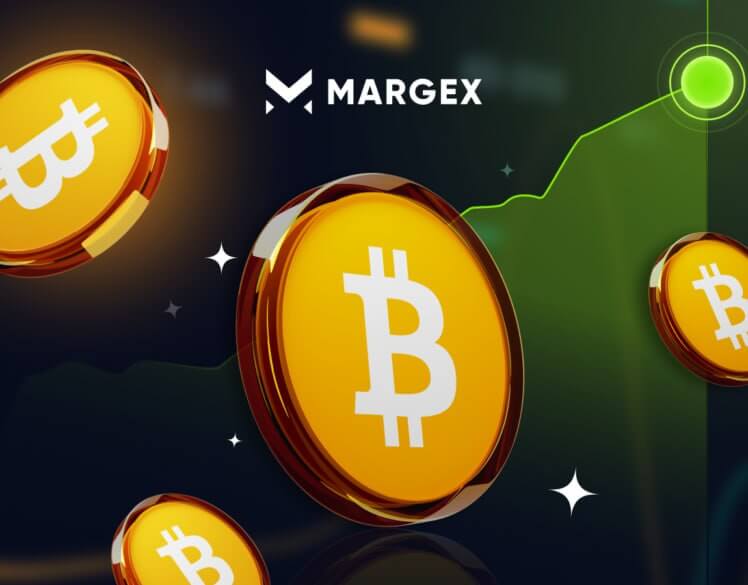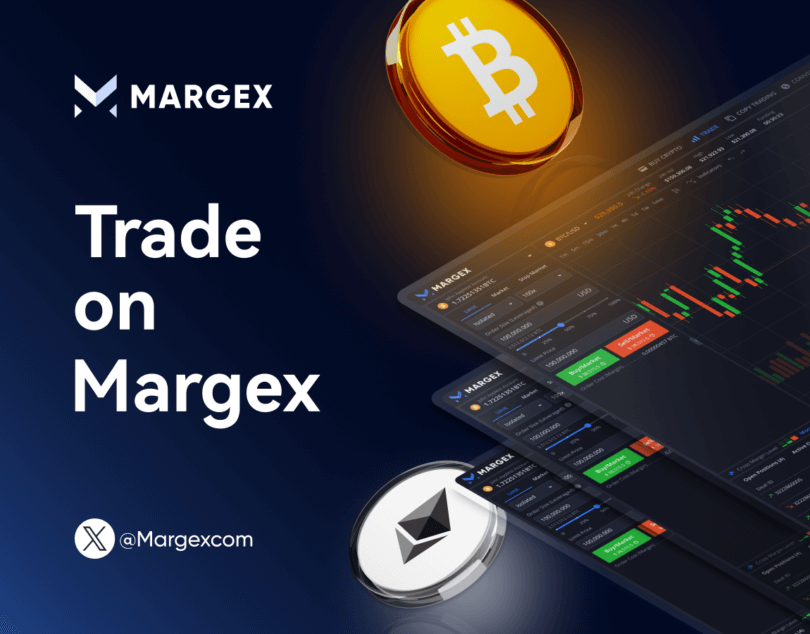
Since November, the Bitcoin price has been the subject of hot debates, especially with many speculating that after BTC reached $107,000 today, it can easily go up to the $150,000 price level by the date of Donald Trump’s inauguration scheduled for January 20, 2025.
While thanks to various drivers, in the fall of 2025, the world’s pioneer cryptocurrency has seen substantial upward momentum, largely thanks to the fast climbing institutional interest and positive regulatory pivots, a rise as big as to $150,000 seems likely to some investors and experts, and highly unlikely to others. In this article, we will take a deep look into this matter and see if Bitcoin can make it to $150,000 by late January or not.
Bitcoin Breaks Above New ATH of $107,500
Bitcoin at the moment is trading above $107,000 after reaching a new all-time high at roughly $107,500 on December 16. Shortly before that, BTC hit a historic peak roughly at $106,500 and then lost approximately 9% within the next five days as BTC dropped to the $94,500 range.
What pushed Bitcoin to the new ATH was the halving that took place on April 20, the fast growing institutional interest from Bitcoin ETFs. Large momentum to Bitcoin in the fall was given by Fed Reserve’s two big interest rate cuts and also MicroStrategy buying billions of dollars worth of BTC to add to its fast growing stash.
| Day | Minimum Price | Average Price | Maximum Price |
|---|
Notably, Michael Saylor’s company raised those billions by emitting senior convertible notes and attracting new shareholders in this way. Today, Saylor’s company announced another massive purchase of 15,350 BTC at approximately $1.5 billion at roughly $100,386 per coin. As of 15 December, the company’s crypto holdings total 439,000 BTC worth roughly $27.1 billion.
Now, thanks to its immense cap market growth this year, MicroStrategy has entered the Nasdaq 100 index of non-financial companies.

Bitcoin halving and institutional buys as main price drivers
However, in order for Bitcoin to jump from the current $103,000 level up to $250,000, it would need to add almost 250% in value within less than two months. This and some other hurdles seem to make this rapid but much-anticipated rise an unlikely thing to happen.
| Month | Minimum Price | Average Price | Maximum Price |
|---|
Historically, Bitcoin has seen such drastic price surges only when the market faced periods of extreme market speculation or when some events changed investor sentiment dramatically. Such a pivot took place in 2021 during the bull run, when Bitcoin quickly soared to a new historic peak of $69,000 driven to it by an explosive combination of retail FOMO (fear of missing out), institutional adoption – the adoption of futures Bitcoin ETFs – and loose monetary policies caused by the Covid-19 pandemic. The current situation differs from 2021. And while thanks to the recent interest rate cuts.
Speaking of halving, Bitcoin has always soared after it, true. But a massive price surge usually takes place a year or later after the halving occurs, as it was in the fall of 2021 after the April 2020 halving.
| Year | Minimum Price | Average Price | Maximum Price |
|---|
Key Challenges Lie Ahead for Bitcoin
While Bitcoin is currently trading above $107,000, analysts believe that the cryptocurrency is likely to face big challenges that may prevent its fast advancement to $150,000. The key resistance levels lie between $110,000 and $120,000, once taken by storm, they may cause significant profit-taking and investors are likely to start a big sell-off.
Despite the expanding institutional adoption and large inflows seen by spot Bitcoin ETFs, those are unlikely to provide strong enough buying momentum that Bitcoin needs to climb to the aforesaid price target within several weeks.
Besides, there are macroeconomic factors that are preventing Bitcoin from continuing its prompt price increase – among them are the global recession and geopolitical tensions, which are both having a negative impact on investor appeal for risk assets. While Bitcoin’s reputation as a store of value and a hedge against inflation continues to rise, BTC remains closely tied to a wider market sentiment which is currently being impacted by global economic uncertainty.
Another important headwind for Bitcoin’s growth is the high volatility of the cryptocurrency market. It is often fueled by unexpected events, such as new regulatory hurdles, cryptocurrency hacks, or collapses of key crypto exchanges – those can easily reverse any bullish Bitcoin trend.
Therefore, despite Bitcoin’s strong fundamentals and the increased institutional adoption, a price jump as high as $150,000 in a short time seems highly unrealistic now. In order to overcome the strong resistance and economic headwinds, Bitcoin would definitely need sustained buying momentum and this is unlikely to emerge before Trump’s inauguration in late January. Rather than that, Bitcoin is likely to put up a gradual increase as it always has.



